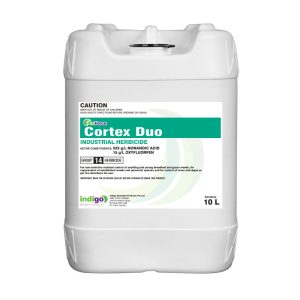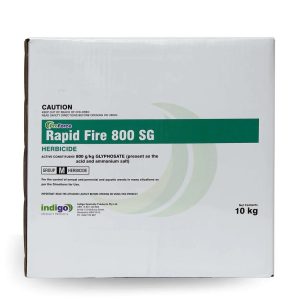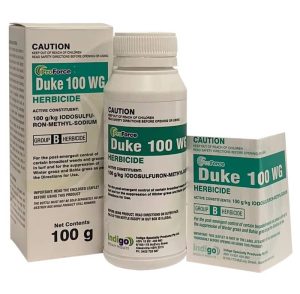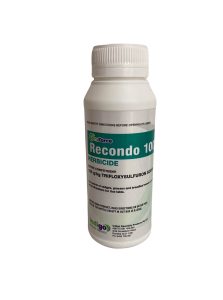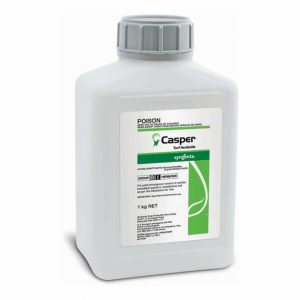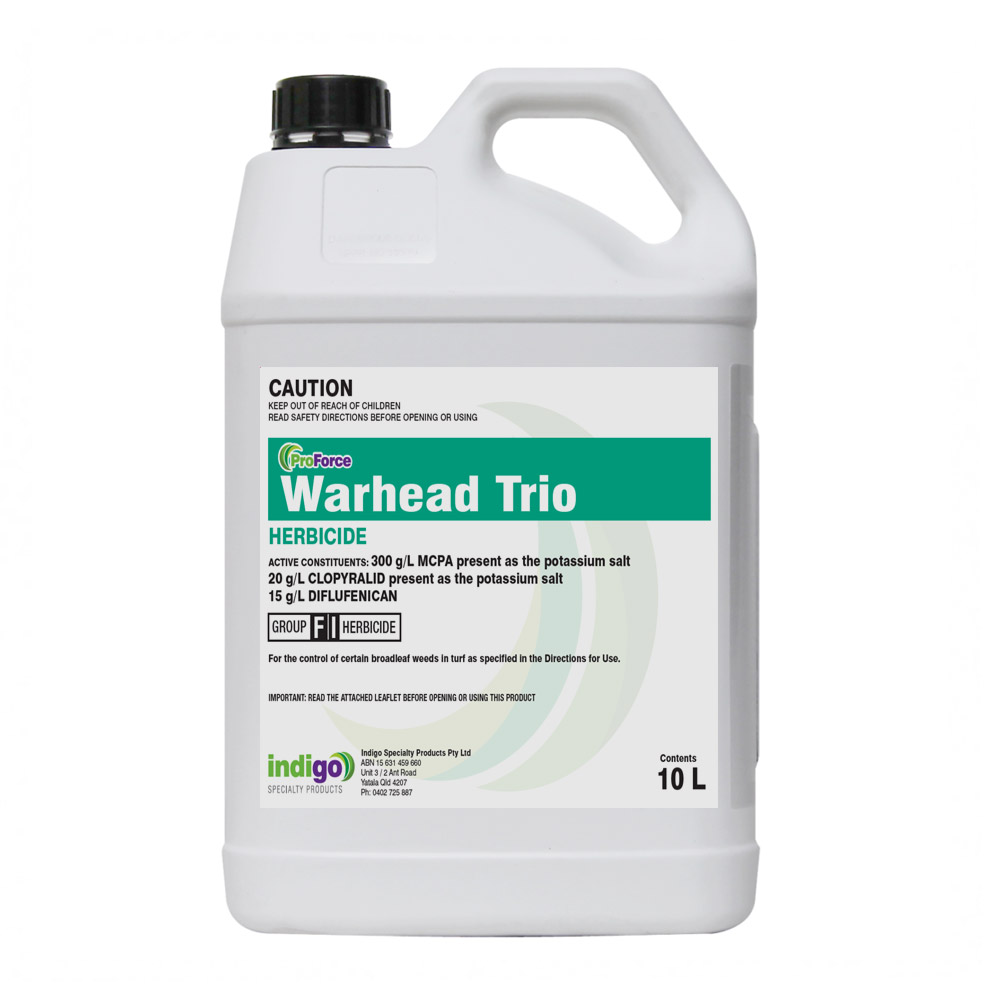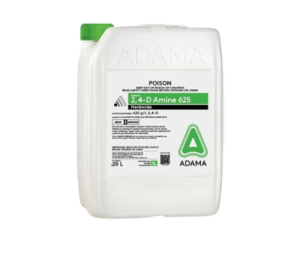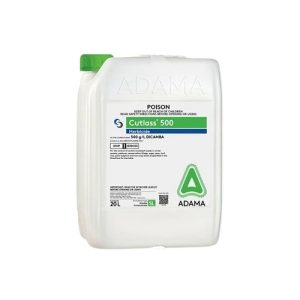Carrot Weed (Cotula australis)
After you read this, you will be able to:
- Identify Annual Buttonweed.
- Know what conditions favour it.
- Know the best options to control Cotula australis.
Why is Carrot Weed a Problem Weed?
- It is very competitive. It quickly establishes in disturbed areas, and outcompetes other plants.
- Cotula australis is very unsightly in lawns and gardens.
- Because of its rapid growth and large number of seeds it is difficult to control.
Table Showing Differences Between Common Weeds With Carrot Shaped Leaves.
Weed | Roots | Flowers | Smell when crush | Spiny Burrs |
Carrot Weed | Weak taproot | Pale Yellow with no petals | No | No |
Bindii | Fibrous | Green | No | Yes |
Swinecress | Strong taproot | Green | Yes | No |
- Cotula is often mistaken for Bindii and Swinecress. This is because of its carrot-like hairy leaves.
- Swinecress has a skunk-like smell. Buttonweed does not smell.
- Annual Buttonweed produces pale yellow flowers in early Winter. These are on the end of stalks.
- Bindii flowers much later. The flowers have no stalks.
Carrot Weed Lifecycle.
- Germinates in the Spring or Autumn.
- Grows rapidly.
- Flowers in the late Winter to Spring.
- Dies back over the Summer.
Over the Autumn and the Spring, the seed germinates and then grows. Over the late Winter to the Spring, it produces slender stems, and then flowers. The flower heads are button-like. They are yellow or white and have no ‘petals’.
As the Summer closes in, the plants tend to die. If they are perennials it is just the top growth that dies away.
How to Identify Carrot weed.
How to Control Carrot Weed?
Cultural and chemical options control this weed.
Management Calendar for Cotula.
Management Calendar for Carrot Weed or Cotula | ||||||||||||
Annual or Perennial | ||||||||||||
Month | Jan | Feb | Mar | Apr | May | Jun | Jul | Aug | Sep | Oct | Nov | Dec |
Germination | ||||||||||||
Flowering | ||||||||||||
Dies Off | ||||||||||||
Pre emergent Herbicide | ||||||||||||
Post emergent Herbicide | ||||||||||||
Cultural Control of Carrot Weed.
- If Bachelor’s Button isn’t a major problem, you can remove it by hand. However, you must remove the entire root system to stop any re-growth.
- It favours damp, moist soils. Deal with any drainage issues and don’t over water.
- If the soil is compact, carry out a soil aeration program. This allows air exchange, and helps water move out of the root zone.
- Feed your turf and use the right turf fertiliser. A thick turf cover makes it difficult for this weed to compete. The turf grass will choke it out.
- Make sure that you mow at the right height. This favours turf grass over this weed.
Chemical Control of Carrot Weed.
Pre-Emergent Control of Carrot Weed.
- Envu Esplanade has a label in Australia for Buttonweed.
- Envu Specticle has a label for this weed in the US.
- In the USA, Isoxaben is recommended before it germinates. After you use this, water it in with 12 mm of water.
Post Emergent Control of Carrot Weed
- 2,4-D.
- Clopyralid.
- Dicamba. Do not use this on Buffalo Grass.
- Duke 100WG Herbicide.
- Rimsulfuron.
- Casper Turf Herbicide has a label for Carrot Weed in South Africa at 800 g to 1 Kg/Ha.
Table of Post Emergents for Carrot Weed.
Product | Active | Group | Rate/Ha | Comments | ||||
Casper | Prosulfuron + Dicamba | 2 and 4 | 800 g-1 Kg | Use from the Autumn to the Spring. Use high rates in cool months or if there is high weed pressure. Control takes 4 to 6 weeks. Use an NIS at a rate of 0.25 to 0.5% v/v. | ||||
2,4-D | 2,4-D | 4 | 1.8-3.2 L | Wet foliage. DO NOT mow lawn for 1 week before and at least 1 weed after use. DO NOT use on Buffalo grass (WA only). | ||||
Duke | Iodosulfuron | 2 | 100 g | Always use an NIS or Overtake Oil. Use in 200-500 L/ha water. | ||||
Dicamba | Dicamba | 4 | 1.2 L + 3.2 L of 2,4-D Amine 625 g/L | Use a minimum of 1000 L/Ha water. Do not spray on Buffalo or Bent Grass. | ||||
Warhead | MCPA + Clopyralid + Diflufenican | 4 + 12 | 5 L | You may see discolouration on kikuyu, carpet grass and Queensland blue. Avoid any overlap. Use an NIS. | ||||
Non Selective Control of Carrot Weed.
- Non selective options for Carrot Weed include Glyphosate (Rapid Fire 800).
- If you use Glyphosate and water quality is an issue then use ProForce Manta Ray.
Table of Non Selective Cotula or Carrot Weed Herbicides.
Product | Active | Group | Rate/Ha |
Glufosinate 200 | Glufosinate-ammonium | 10 | 1 to 6 L |
Rapid Fire 800 | Glyphosate | 9 | 0.9 to 1.35 Kg |
Numchuk Quad | Terbuthylazine + Glyphosate + Amitrole Oxyfluorfen | 5 + 9 + 34 + 14 | 20 to 25 L |
Cortex Duo | Nonanoic Acid + Oxyfluorfen | 14 | 7 L/1000L |
Renegade | Bromacil | 5 | 3.5 to 6.5 Kg |
In Conclusion.
A native weed, Carrot Weed favours moist soils. The first step to manage it is to identify any drainage issues. The second step, before you apply any weed killer, is to maintain a healthy turf surface.




